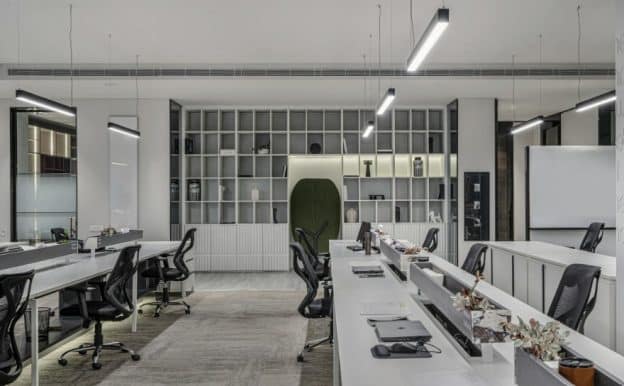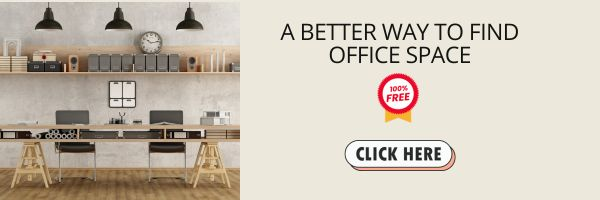Offices went through a phase when indoor plants and ergonomic furniture were supposed to resolve everything. Green office designs and sustainable material choices were the answers to workplace stress and poor productivity. Thankfully, we have evolved and realized that employee wellness needs deeper than surface-level changes.
Today’s professional landscape is highly challenging, with employees trying to adopt new technologies and adjusting to socio-economic pressures. While the rewards for high-performers are abundant, so is the stress.
Whether you are a business owner, an HR executive, or a consultant seeking to enhance workplace output, the trends below can guide your decisions. They are worth considering for their capacity to shape healthier, more balanced workdays.
1. Preventive Care Focus for Workplace Productivity
There was a time when reimbursing employees for medical checkups was considered a massive perk. Shift to the present day, when health problems are arguably worse. Many offices are now committing to providing care for the workers, partnering in the responsibility for health management.
The McKinsey Health Institute notes that employee well-being can significantly improve productivity and reduce absenteeism. It emphasizes that holistic health can enhance an employee’s feelings of self-efficacy, belonging, and psychological safety.
Accordingly, some employers have strengthened workplaces with pertinent interventions, such as adaptability training for team members and leadership training on psychological safety. Others partner with third-party healthcare providers to deliver preventive care to employees through cancer screenings and counseling.
The potential for preventive health-based adaptations in workspaces is vast. Think automated notifications for taking a stretch break or facilitating opportunities for peer mentoring programs.
The emphasis on mental health is especially notable in many contemporary office spaces. For example, stress management workshops can help workers with coping skills to handle unexpected challenges. Many employers now have de-stressing zones in the office. These spots are more than your typical break room: they are a potential unwinding spot to reconnect with your strengths and carry on.
2. AI Pattern Analysis for Optimal Meeting Rooms
A Harvard Business Review feature labeled it the “meeting hangover.” The phenomenon that causes us to brood over bad meetings and damage our productivity for the rest of the day. It seems that over 90% of employees experience these symptoms occasionally.
So, is the bad meeting the fault of the employee? Or could a sub-par environment be contributing to it?
An emerging AI trend in office space design uses pattern analysis to create places that are genuinely conducive to collaboration. The idea is to build meaningful interaction spots that go beyond fancy labels (put-on-your-thinking-caps-room, anyone?).
For example, AI tools can assess your office property to identify the optimal areas for meetings and those for quiet reflection. These tools consider a gamut of factors, like noise levels, air quality, and, yes, ergonomics.
Moreover, these tools can also conduct monitoring to ensure the parameters remain within comfortable limits. No more shivering in chilly meeting rooms, wondering if you’re coming down with a bug. Continuous monitoring also supports the business’s financials by optimizing HVAC use across seasons.
AI-driven solutions are revolutionizing business across sectors, from designing creative solutions for office spaces to building tailored websites for new-age brands.
According to Hocoos, letting AI guide website design and development can produce sharp, consistent, and on-point branding. The same principle can also help with designing workspaces that are intuitive, collaborative, and synced with your organizational goals.
3. Office Space Adjustments for Hybrid and Remote Workers
Post the COVID-19 pandemic, the percentage of people working remotely has risen sharply. Forbes data suggests that 39% of professionals aged 24 to 35 years work remotely full-time. A startling 57 percent of workers say they would search for new opportunities if their present company didn’t permit remote work.
With so many workers not present in the physical office every day, it can be easy to overlook their needs. When these employees visit the office for crucial meetings or other in-person engagements, they struggle to find seating and facilities. They also struggle to find belongingness.
A 2025 Gallup report found that remote employees are more likely to experience sadness and loneliness. They also experience more stress than non-remote and even hybrid workers. These findings create a remote worker paradox, circumstances that contradict what one might expect from the “flexibility” focus of remote work.
In line with these findings, some responsible organizations have made adjustments to the workspace to foster a sense of belonging among hybrid and remote workers. For example, many companies have opted out of hot-desking to prevent the frustration of not finding a place before an urgent meeting. Instead, they subsidize membership to coworking spaces.
For hybrid employees, workspace interventions must also cover the virtual realm. For example, Zoom fatigue is a legitimate risk among workers who attend online meetings for several hours every day. Planning workdays with limited requirements for engaging with such collaboration tools can be a lifesaver. It is akin to a physical breakroom, only in a digital format.
For results-oriented businesses, it is non-negotiable to invest in workplace improvements that encourage and support employees. These trends are a clarion call for organizations. They notify firms of their crucial role in helping employees reach their full potential.
Interventions like thoughtful meeting rooms and mental health support are not daunting to implement. Their impact, however, on employee motivation and outcomes can be stunning.


